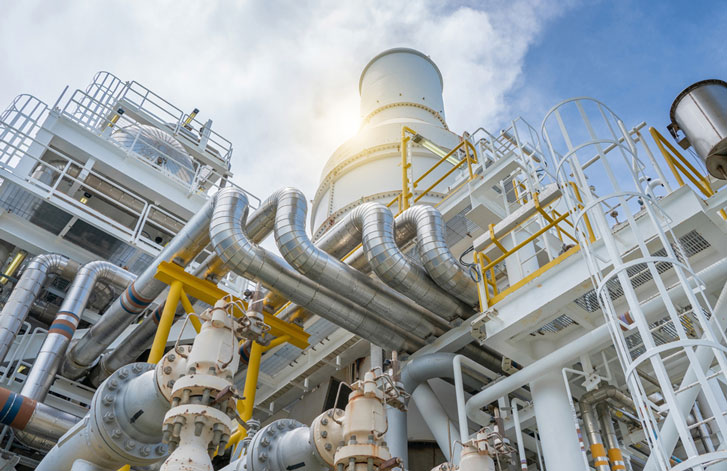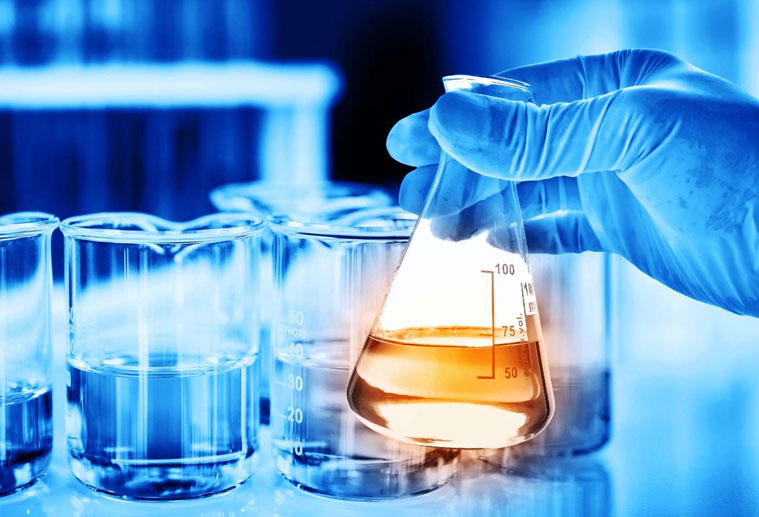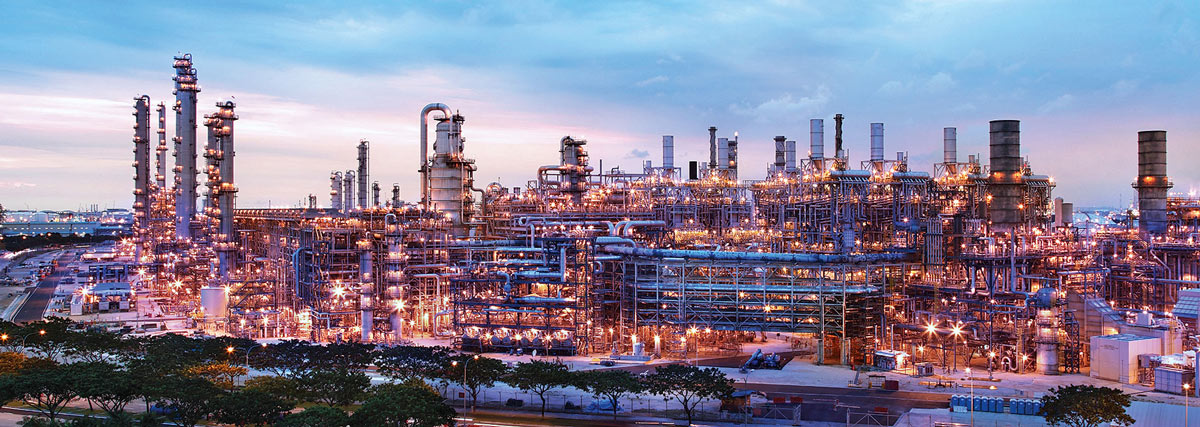Chemical & Petrochemical
Expertise in Chemical and Petrochemical Import and Export
Unmatched Industry Proficiency
At Xportex, we specialize in the import and export of Chemical and Petrochemical products, a cornerstone of our diverse global trade operations. With our deep industry knowledge and a robust global network, we stand as a key facilitator in the international chemical market.


Product Classification and Codes
01.
Harmonised System (HS)
02.
Combined Nomenclature of the European Union (EU)
03.
Customs Nomenclature Chemical Repertoire™
Import and Export Formalities and Other Non-Tariff Requirements
01.
Every product
exported from or imported into the EU is classified under a tariff code, which provides information on duty rates, any applicable protective measures (e.g., anti-dumping), and import and export formalities and other non-tariff requirements (e.g., health certificates, quality controls, CE marking)
02.
Certain products
especially chemicals, must comply with specific marketing requirements to ensure a high level of protection for human health and the environment. These requirements include controls on the trade in dangerous chemicals, mercury, persistent organic pollutants, and restrictions on the use of certain chemical substances in products like jewellery, textiles, leather, and toys
Import Process to the EU
01.
Customs Declaration and Documentation
Importers need to provide a customs declaration to their national customs authority, present an Entry Summary Declaration (ENS) before the arrival of the goods at the first EU entry point, and possibly additional documents like commercial invoices, transport documents, certificates of origin, import licenses, test results, and inspection certificates
02.
Clearance and Circulation
Goods are placed into temporary storage under customs supervision until cleared. Once cleared, a product has the same status as an EU product and can be circulated freely within the EU and sold in any EU market
03.
Checklist for Importing
This includes finding a supplier abroad, assessing import conditions and duties, ensuring product compliance with EU requirements, preparing the sale and organising the transport, and preparing documents for customs clearance at the border
Get Your Customized Quote Today
Ready to take your business global with Xportex? Fill out our simple 'Request a Quote' form to provide us with the details of your import/export needs. Our team will analyze your requirements and promptly get back to you with a tailored solution that aligns with your business objectives. Start your journey towards seamless global trade with Xportex today.
Common Petrochemicals and Their Derivatives
01.
Ethylene
The simplest olefin used as a chemical feedstock and ripening stimulant. It’s the basis for:
- Polyethylene: Various types like LDPE, HDPE, and LLDPE used in packaging, containers, and pipes.
- Ethanol: Obtained via ethylene hydration.
- Ethylene oxide: Used in making ethylene glycol for engine coolants and polyesters.
- Vinyl acetate and 1,2-dichloroethane: Used in various applications including PVC production
02.
Propylene
Used as a monomer and chemical feedstock. It leads to:
- Isopropyl alcohol: Commonly used as a solvent or rubbing alcohol.
Acrylonitrile: Used in forming synthetic fibers like Orlon, ABS.
Polypropylene: Widely used in textiles, packaging, and automotive components
03.
Benzene, Toluene, and Xylenes
These aromatics are basic petrochemicals used to produce a variety of chemicals and products including synthetic fibers, dyes, and plastics

Applications and Final Products
Consumer Goods
Petrochemicals are foundational in producing items like plastics, soaps, detergents, solvents, drugs, fertilizers, pesticides, explosives, synthetic fibers, and rubbers, paints, resins, and insulating materials. They’re found in everyday products such as aspirin, luggage, boats, automobiles, aircraft, clothes, and recording media
Industrial Uses
They serve as building blocks for durable and nondurable goods, including construction materials, household appliances, electronic equipment, food and beverage packaging, and various transportation products
Trade Names & Specialty Applications
- Plexiglas: Used instead of glass in cars, airplanes, aquariums, and appliances.
- Teflon: Utilized in non-stick pans, chemical-proof pipes, medical tubes, and microelectronics.
- Gore-Tex: A breathable, waterproof textile used in outdoor clothing.
- Kevlar: A synthetic fiber used in bulletproof vests, parachutes, and composite materials for aircraft and boats.
- Nylon: Initially a substitute for silk, now used in stockings, parachutes, ropes, bridal veils, and guitar strings
More Information
HS Chapters for Petrochemical Products
- Ethylene, Propylene, Butylene, Butadiene (HS Chapter 29)
– These are primary petrochemicals used as building blocks for other chemicals and products.
- Plastics and Articles Thereof (HS Chapter 39)
– This includes polyethylene, polypropylene, and PVC products.
- Rubber and Articles Thereof (HS Chapter 40)
– Includes synthetic rubber derived from petrochemicals.
- Organic Chemicals (HS Chapter 29)
– This is a broad chapter covering a range of petrochemicals including benzene, toluene, xylene, and their derivatives.
More Petrochemical Products and Their General HS Chapters
- Polyvinyl Chloride (PVC) – HS Chapter 39
– Used in construction materials, pipes, vinyl records, and more.
- Polystyrene – HS Chapter 39
– Used in packaging, insulation, and disposable cutlery.
- Polyethylene Terephthalate (PET) – HS Chapter 39
– Commonly used in fibers for clothing, containers for liquids and foods.
- Methanol – HS Chapter 29
– Used as a solvent, antifreeze, fuel, and in the production of formaldehyde.
- Acetic Acid – HS Chapter 29
– Used in the production of vinyl acetate (for PVA glues), and purified terephthalic acid (for PET production).
- Ammonia – HS Chapter 28
– Used in fertilizers, refrigeration, and the production of nitric acid.
Get Your Customized Quote Today
Ready to take your business global with Xportex? Fill out our simple 'Request a Quote' form to provide us with the details of your import/export needs. Our team will analyze your requirements and promptly get back to you with a tailored solution that aligns with your business objectives. Start your journey towards seamless global trade with Xportex today.
Some Globally Exporting Statistics
Top Chemical and Petrochemical Products Exported Globally in 2022
The following are the countries that exported the highest dollar value worth of chemicals (both organic and inorganic) in 2022:
- China: $141.3 billion (18.4% of total exported chemicals)
- United States: $67.9 billion (8.8%)
- Germany: $49.5 billion (6.4%)
- Ireland: $48.5 billion (6.3%)
- South Korea: $40.4 billion (5.2%)
- Belgium: $38 billion (4.9%)
- Switzerland: $31.8 billion (4.1%)
- Netherlands: $31.1 billion (4%)
- Japan: $27.7 billion (3.6%)Ex
- India: $25.1 billion (3.3%).
Top Chemical and Petrochemical Products Exported from the EU in 2022
In 2022, EU chemical and pharmaceutical trade showed robust growth with exports reaching a record high of €553 billion. The top 5 EU member countries exporting chemicals were:
Germany: €142 billion
Belgium: €81 billion
Ireland: €71 billion
France: €53 billion
Netherlands: €49 billion
Typically Significant Global Chemical and Petrochemical Exports
- Organic Chemicals: This includes a wide range of chemicals like alcohols, phenols, ethers, aldehydes, ketones, organic acids, and esters.
- Inorganic Chemicals: Including acids like sulfuric and nitric acid, salts like sodium chloride and potassium chloride, and other inorganics like hydrogen, oxygen, and nitrogen.
- Plastics in Primary Forms: Basic forms of plastics like polyethylene, polypropylene, polyvinyl chloride used for further manufacturing.
- Pharmaceutical Products: Medications, vaccines, and health-related chemical compounds.
- Fertilizers: Nitrogenous, phosphatic, potassic, and compound fertilizers.
- Paints and Varnishes: Chemicals used in paints, coatings, and related materials.
- Essential Oils and Resinoids: Concentrated forms of natural or synthetic oils used in perfumes, flavorings, and other products.
- Soaps, Lubricants, Waxes, and Polishes: Chemical products used for cleaning, lubricating, and other household or industrial applications.
- Albuminoidal Substances; Modified Starches; Glues; Enzymes: Products used in various industries including food processing, pharmaceuticals, and manufacturing.
- Explosives, Pyrotechnic Products, Matches, Pyrophoric Alloys: Chemical products used in mining, construction, entertainment, and safety applications.
- Typically Significant EU Chemical and Petrochemical Exports:
- Medical and Pharmaceutical Products: Includes a wide range of medicinal preparations and pharmaceuticals.
- Organic Chemicals: Such as hydrocarbons, alcohols, phenols, ethers, and various organic acids.
- Inorganic Chemicals: Including industrial gases, elements, salts, and metallic oxides.
- Plastics in Primary Forms: Basic forms of plastics used in various industries for further manufacturing.
- Fertilizers: Different types of fertilizers used in agriculture.
- Paints and Varnishes: Chemical compositions used in coatings and paints.
- Essential Oils and Resinoids: Concentrated natural or synthetic oils used in a range of products.
- Soaps, Lubricants, Waxes, and Polishes: Products used for cleaning, maintenance, and household or industrial purposes.
- Perfumery, Cosmetic or Toilet Preparations: Chemical products used in personal care and hygiene.
- Specialty Chemicals: Including catalysts, electronic chemicals, industrial gases, adhesives, sealants, and coatings.
